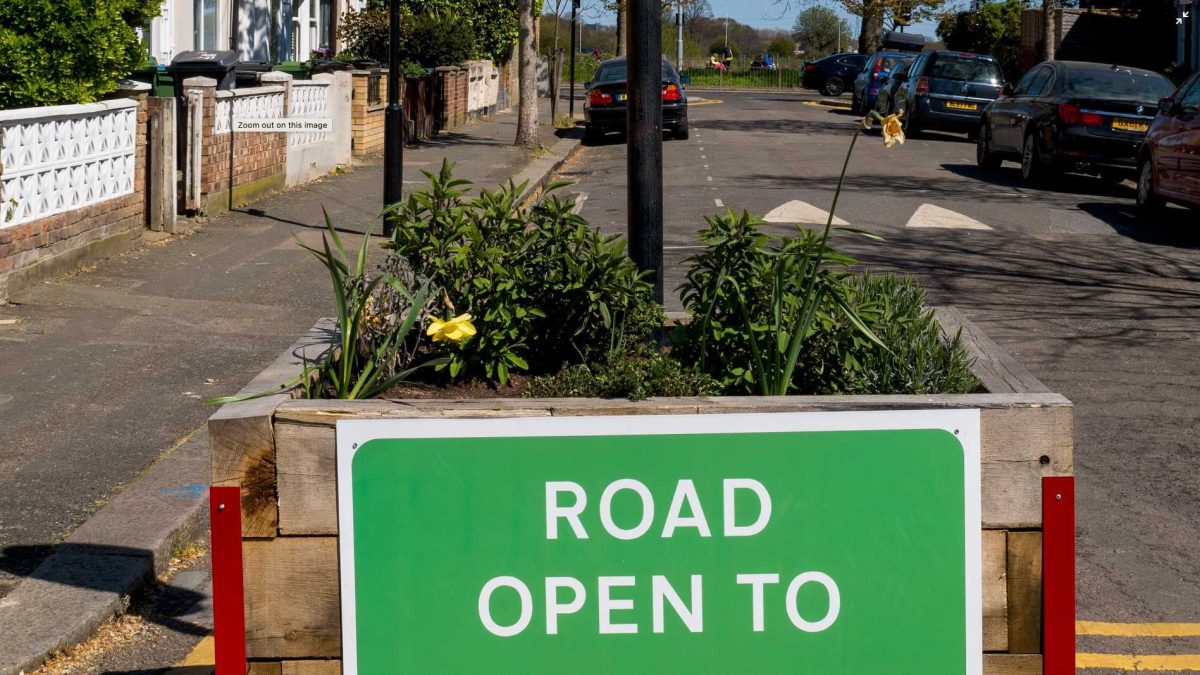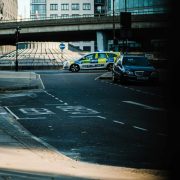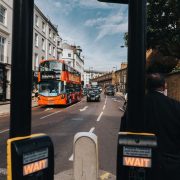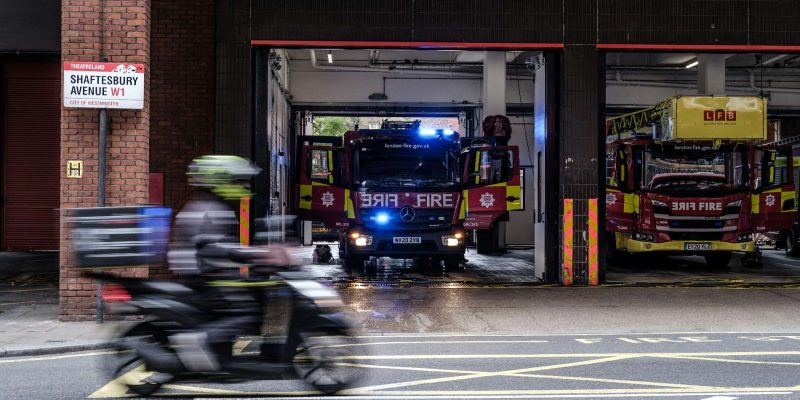
Are Speed Tables an Overreach for UK Traffic Management?
In urban planning and traffic management, speed tables have been woven in as a seemingly benign, even beneficial, feature aimed at calming traffic and enhancing pedestrian safety. On the surface, these elongated cousins of traditional speed bumps present a compelling case for their widespread adoption in residential areas and school zones.
However, beneath this veneer of safety and civic responsibility lies a more contentious reality, one where the supposed panacea of speed tables reveals itself as a potential hazard, particularly in their impact on emergency response times.
It’s about time we peeled back the layers of this urban intervention to scrutinise its implications in critical situations where every second counts.
The Ideological Rift: Safety versus Efficiency
At the heart of the debate on speed tables is an ideological rift between the pursuit of absolute safety and the need for unimpeded efficiency, especially in the context of emergency services. Advocates of speed tables hail them as guardians of pedestrian sanctuaries, slowing down the urban rush and ostensibly creating safer environments. Yet, this safety comes at a hidden cost, one that could mean the difference between life and death in emergencies. The contention here is not about the merit of traffic calming measures but about the appropriateness of speed tables as a solution, given their potential to delay emergency vehicles.
The Unseen Consequences: A Closer Look at Emergency Response Delays
The crux of the argument against the proliferation of speed tables centres on their impact on emergency response times. Emergency vehicles, in their race against time, are forced to navigate these raised platforms, inevitably slowing down, however marginally, at each encounter. Proponents may argue that speed tables are designed to be traversed at moderate speeds without significant disruption, but in the high-stakes realm of emergency response, even minor delays can accumulate, hindering the timely arrival of aid.
Consider, for instance, the scenario of a cardiac arrest, where the survival odds decrease by 7-10% with every minute that defibrillation is delayed. In such cases, the cumulative effect of multiple speed tables could quite literally be the difference between life and death.
It’s a stark reality that we must confront: our well-intentioned efforts to calm traffic and protect pedestrians could inadvertently compromise the rapid response capabilities that underpin our emergency services.
The Alternative Path: Seeking a Balanced Approach
The critique of speed tables is not a call to arms for speed enthusiasts nor a rallying cry against all forms of traffic calming. Instead, it’s an appeal for a more balanced, nuanced approach to urban safety—one that doesn’t pit pedestrian well-being against critical emergency response needs. There are myriad alternative traffic calming measures, from chicanes and curb extensions to intelligent traffic management systems, that can slow down traffic without creating potential obstacles for emergency vehicles.
Moreover, the advent of technology offers promising solutions that could allow for the best of both worlds. Adaptive traffic calming devices, capable of lowering or retracting to grant unhindered passage to emergency vehicles, represent an innovative middle ground. Such systems, while perhaps costlier upfront, reflect a holistic understanding of urban safety, acknowledging that the sanctity of life encompasses both prevention and emergency intervention.
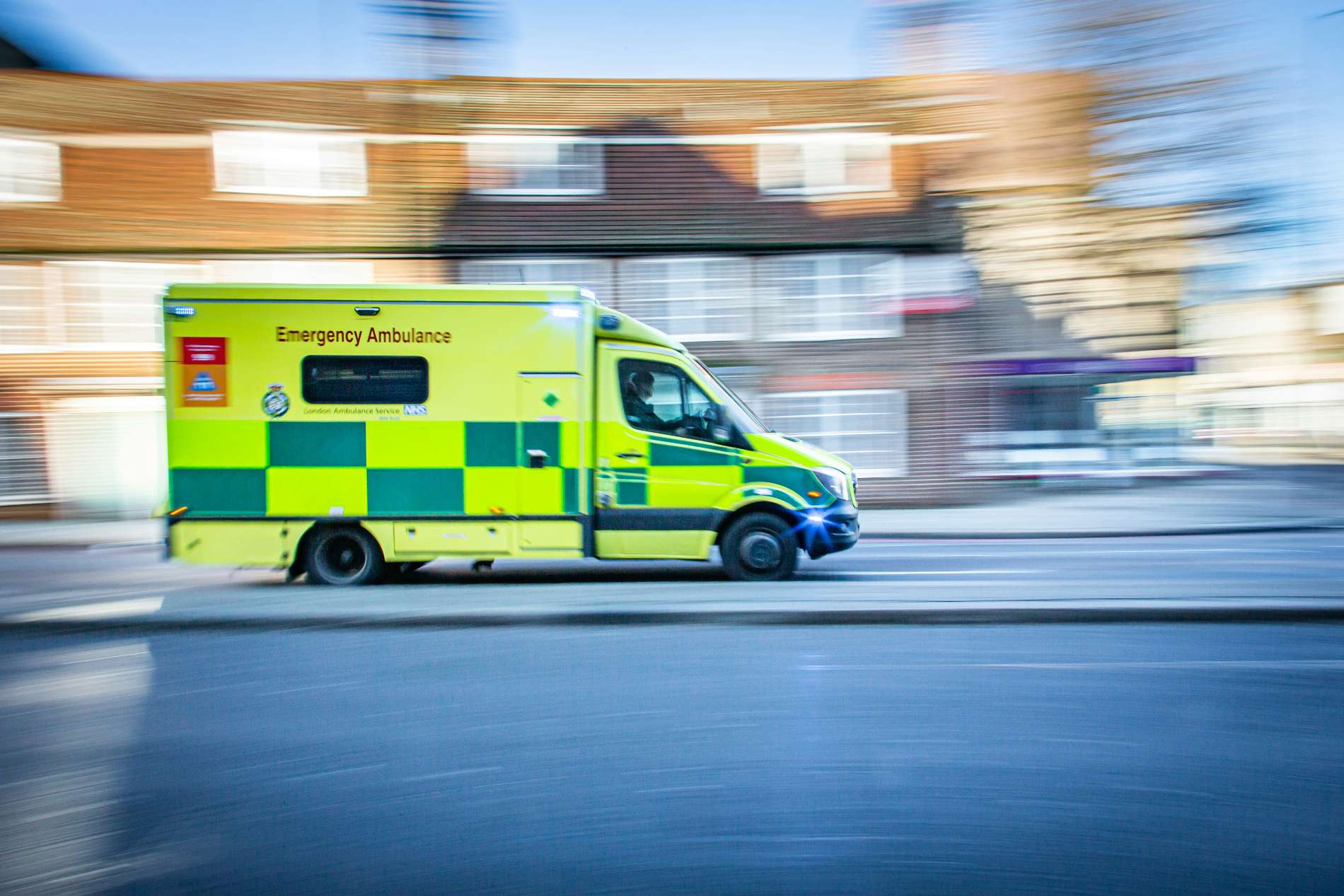
A Call to Action: Prioritising Comprehensive Safety
The discourse on speed tables and emergency response times transcends technical debates; it touches on the very ethos of urban planning and community safety. It’s a clarion call for policymakers, urban planners, and community leaders to prioritise comprehensive safety solutions that harmonise pedestrian safety with the critical imperatives of emergency response.
This necessitates a paradigm shift, a move away from one-size-fits-all solutions towards more adaptable, context-sensitive approaches. It demands rigorous impact assessments and community consultations, ensuring that the voices of emergency services are not just heard but heeded. After all, the ultimate goal of traffic calming should be to safeguard all facets of community well-being, including the swift provision of emergency aid.
Rethinking Urban Safety
While speed tables may present an appealing solution to the scourge of urban speeding, their broader implications, particularly on emergency response times, warrant a critical re-evaluation. It’s imperative that we strike a delicate balance, crafting urban environments that are safe for pedestrians without compromising the efficiency of emergency services. Let us not be lulled into a false sense of security by the superficial calm that speed tables might offer. Instead, let us champion more intelligent, adaptable solutions that uphold the sanctity of life in all its dimensions. The path to truly safer streets lies not in the elevation of asphalt but in the elevation of our approach to urban safety.
The Controversial Impact of Speed Tables on Neighborhoods
The implementation of speed tables often unfolds as a divisive saga, etching lines of contention within communities. Touted by some as vital sentinels of pedestrian safety, these traffic calming measures inadvertently morph into battlegrounds, pitting neighbour against neighbour in a debate that extends well beyond mere traffic management. This discourse isn’t merely about asphalt and signage; it’s a reflection of deeper community fractures, where the ostensibly benign intention of reducing vehicular speeds unravels into contentious debates about accessibility, equity, and the very character of our neighbourhoods.
Speed Tables as Symbols of Discontent
At the crux of the controversy surrounding speed tables is their symbolic weight as markers of broader urban planning and policy decisions, often perceived as being made with scant regard for the nuanced needs and voices within the community. Proponents herald speed tables as necessary interventions to curb the frenetic pace of urban traffic, casting them as protectors of the vulnerable pedestrian, the playing child, the ambling elderly. Yet, detractors decry them as unnecessary impediments, disruptive to the flow of daily life and commerce, and emblematic of a top-down approach to neighbourhood governance.
Navigating Daily Inconveniences
The installation of speed tables frequently brings to the fore grievances about the daily inconveniences they impose. Residents and local businesses, especially those reliant on timely deliveries and customer access, voice concerns about the deterrence effect of these structures. The narrative extends beyond the mere physical deceleration of vehicles; it touches on the perceived deceleration of economic vitality and accessibility, fostering a sentiment of exclusion and inconvenience.
The argument often extends to the wear and tear on vehicles, an issue that, while seemingly mundane, accumulates significant discontent over time. The repeated jarring transitions over speed tables become not just a metaphorical but a literal bone of contention, contributing to a growing chorus of dissatisfaction within communities.
The Equity Debate: Who Benefits, Who Suffers?
Speed tables inadvertently ignite debates about urban equity and the fair distribution of public goods and nuisances. The positioning of speed tables often reflects broader patterns of socio-economic and political clout within communities, raising questions about whose voices are prioritised in the urban planning process. Areas with higher political engagement or socio-economic status frequently see their demands for traffic calming measures met with alacrity, while less affluent or politically active neighbourhoods languish under the weight of neglected infrastructure needs.
This disparity lays bare the fault lines within communities, transforming speed tables from mere physical structures into potent symbols of inequality and neglect. The ensuing debates often transcend the immediate issue of traffic calming, spiralling into broader discussions about representation, equity, and the right to a safe and accessible urban environment.
The Dialogue Dilemma: The Path to Consensus
The path towards resolving the divides wrought by speed tables lies in fostering genuine dialogue and community engagement. Yet, all too often, the processes surrounding their installation are marred by a lack of transparent communication and meaningful consultation. The imposition of speed tables, perceived or real, without adequate community input, only serves to deepen the rift, reinforcing feelings of disenfranchisement and resistance.
Constructive engagement requires more than tokenistic consultation meetings or cursory notification letters. It demands an inclusive process that values and incorporates the diverse perspectives and needs within the community, from the daily commuter to the corner shop owner. The goal should be to achieve a consensus that balances the undeniable need for pedestrian safety with the equally valid concerns about accessibility and community character.
Conclusion: Reimagining Community Cohesion
In conclusion, the debate surrounding speed tables in neighbourhoods is emblematic of the broader challenges facing urban communities today. It’s a microcosm of the tensions between safety and convenience, equity and neglect, engagement and imposition. As we navigate these turbulent waters, the imperative is clear: we must strive for solutions that do not merely slow traffic but also bridge divides, fostering a sense of shared purpose and mutual respect.
The journey towards harmonious urban living is not marked by speed tables but by the tables of dialogue we set, where every voice is heard, and every concern is valued. Only through genuine, inclusive engagement can we hope to transform these physical and metaphorical obstacles into stepping stones towards more cohesive, understanding, and united communities.


